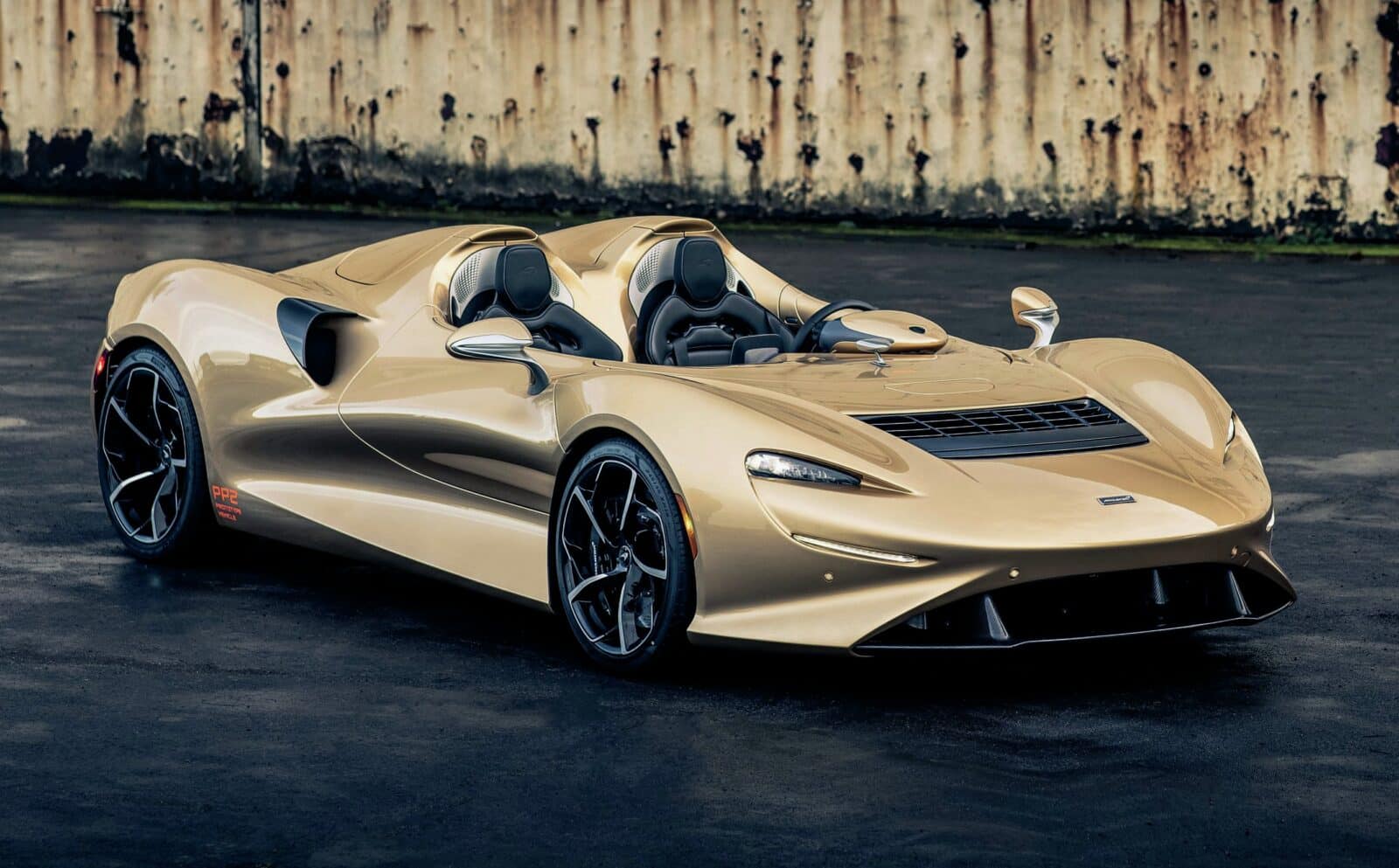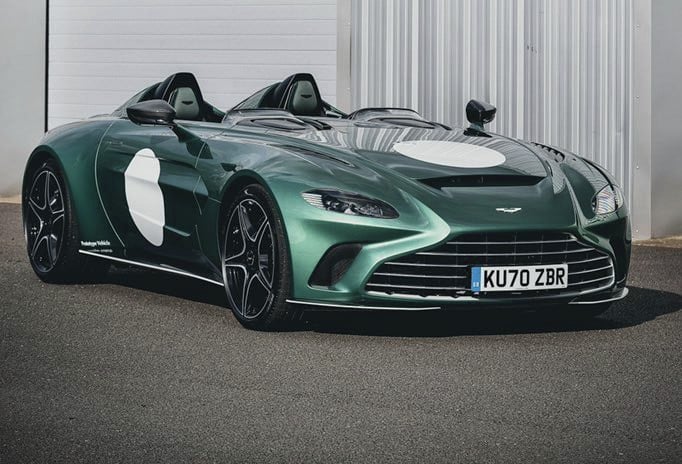McLaren Elva vs Aston Martin V12 Speedster
In an automotive equivalent of a Zoolander walk off, Andrew Frankel compares the peacocks of McLaren and Aston Martin

They look like they do exactly the same job, don’t they? And for most owners they will, that being to sit in an air-conditioned garage as part of a large collection of cars which are often seen, but rarely driven. It seems something of a waste to me, but I’m not here to judge their motives, merely assess their cars.
As I do, I can’t ignore the elephant, which says these are pointless, ostentatious trinkets, wealth statements on wheels and little more than that. Do not their lack of windscreens and roofs relegate them to irrelevance, even before you consider their price?
Well, before we write them off (figuratively speaking), let’s at least give them an audience. In broad brush mechanical terms, the Aston Martin Speedster marries the front end of a DBS with the back half of a Vantage. So you get a shorter wheelbase and two seats, but also the full-fat V12 motor. Or nearly: the need to run the Vantage transaxle means its power has had to be reduced a little and its torque quite a lot.
The McLaren Elva’s closest conceptual relative is the Senna, but it comes with even more power and less weight. Hybrids aside, it is the most powerful McLaren road car to date and the lightest since the F1.
But if you think these are different ways of playing the same game, one fact may change your mind: the Elva is almost half a tonne –a Caterham – lighter than the Aston. Look at their power to weight ratios: 391bhp per tonne for the Speedster, 634bhp per tonne for the Elva. The game may or may not be similar, but the equipment is completely different.

Limited to just 88 V12 Speedsters, including this DBR1 spec in British Racing Green
The Aston Martin, with its soft springs and loafing gait, is a cruiser. You can’t hear the V12 at speed which seems something of an omission and while the McLaren’s flip-up aero duct means it’s just rather blustery at speed, the Speedster blows a gale in your face at much more than 60mph. In both, helmets are as commonsensical as they are sartorially dodgy.
The Elva however offers one of the most incisive and rewarding experiences I’ve come across in a road car. You can’t begin to use its performance on the road, but on the track it’s not just its acceleration which boggles the brain, it’s the poise and balance, too.
Which gives it a dimension the probably prettier Aston does not possess. Whatever you think of its price, its look or its likely owner, make no mistake: this is a proper driving machine, more fun than a Senna on a track and wildly better on the road because it doesn’t need downforce-friendly spring rates. Crucially, at least to me, you can also trade that deflector duct for a wraparound windscreen, which I would without further thought.
Is either a car I’d buy had I the money? Not at all, but I can see a purpose for an Elva beyond being a device in which to be seen, and I can’t say the same about the Aston. Both are flawed in their fundamental concept but of the two it is the McLaren to which I warm most readily.
McLaren Elva |
Aston Martin V12 Speedster |
|
| Price | £1,425,000 | £765,000 |
| Engine | 4 litres, 8 cylinders, turbocharged, petrol | 5.2 litres, 12 cylinders, turbocharged, petrol |
| Power | 804bhp | 690bhp |
| Weight | 1269kg | 1765kg |
| Power to weight | 634bhp per tonne | 391bhp per tonne |
| Transmission | Seven-speed double clutch, rear-wheel drive | Eight-speed automatic, rear-wheel drive |
| 0-60mph | 2.8sec | 3.5sec |
| Top speed | 203mph | 198mph |
| Economy | 23.7mpg | n/a |
| CO2 | 270g/km | n/a |
| Verdict | Edges the Aston on the road | Better looking than the Elva |

